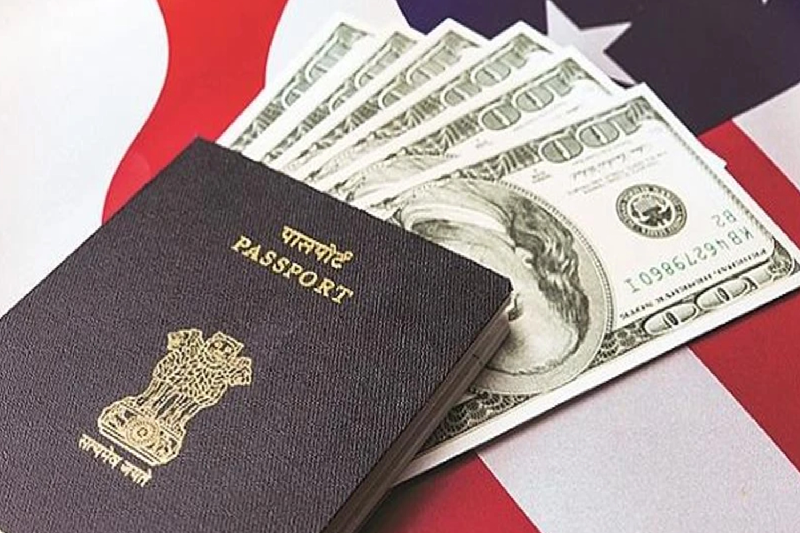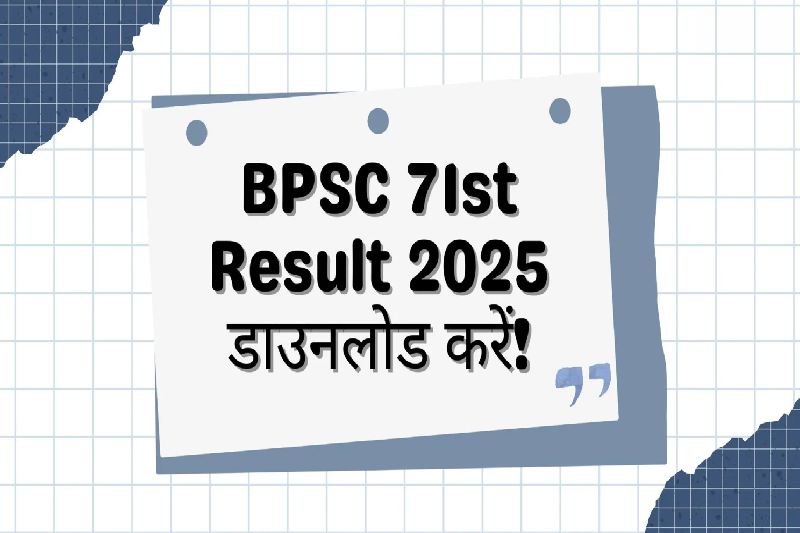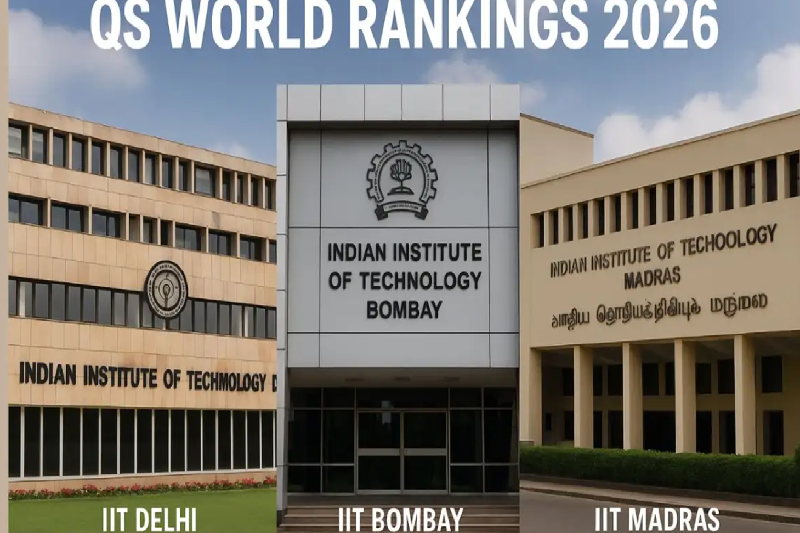
U.S. Colleges Struggle Financially as Trump-Era Visa Policies Slash International Enrolment
American colleges and universities are facing significant financial turbulence as international student enrolment continues to decline under the shadow of restrictive immigration and visa policies introduced during former President Donald Trump’s administration. The situation is particularly dire for smaller institutions with limited endowments that rely heavily on the higher tuition fees paid by foreign students.
The University of Central Missouri, a public university with an endowment of just USD 65 million, provides a stark example. This fall, the institution saw only half as many new international graduate students arrive compared to the previous year—not due to a lack of interest, but because many could not secure visas or even get interviews.
“We aren’t able to subsidise domestic students as much when we have fewer international students who are bringing revenue to us,” explained Roger Best, President of the University of Central Missouri. This sentiment echoes across hundreds of similar institutions now scrambling to balance budgets as tuition revenue from international students dries up.
International Students: Critical Revenue Stream Under Threat
According to an Associated Press analysis, over 100 U.S. colleges—many with endowments under USD 250,000 per student—depend on international students for at least 20% of their enrolment. These students often pay full tuition, sometimes double or triple what in-state domestic students pay, making them a vital source of revenue.
For institutions like Central Missouri, where international students made up about 30% of the 12,800 total enrolment in recent years, the impact is immediate and painful. The university has already:
- Frozen cost-of-living raises for staff
- Delayed infrastructure projects
- Explored further cost-cutting measures
Similarly, Lee University, a small Christian college in Tennessee, expects only 50 to 60 international students this fall—down from 82 last year. That drop, according to Roy Y. Chan, Director of Graduate Studies, represents a significant revenue loss for a school that relies on tuition as its primary income source. The school has already raised tuition by 20% over the past five years to offset declining enrolment.
Trump-Era Policies Driving the Decline
Though international interest in U.S. education remains high, students are finding it increasingly difficult to navigate the visa and travel restrictions imposed during the Trump administration:
- Student visa appointments have been delayed or suspended, leaving many in limbo.
- New social media vetting protocols have intensified the screening process.
- Travel bans—like the one affecting 12 countries including Sudan—have blocked students even after visas were issued.
- Foreign students involved in pro-Palestinian activism face deportation threats, creating an atmosphere of fear and uncertainty.
These policies have not only delayed travel and enrolment, but also shaken the confidence of prospective students worldwide. Justin Gest, an immigration politics expert at George Mason University, warned that the financial instability caused by these policies is severe, especially for schools with limited financial buffers.
Gest also broke down the economic reality: “If an international student comes in and pays USD 80,000 a year in tuition, that gives universities the flexibility to offer lower fees and more scholarship money to American students.”
Personal Toll on Students
The challenges are not just institutional—they are deeply personal for many students. Ahmed Ahmed, a 19-year-old from Sudan, almost missed his freshman year at the University of Rochester despite holding a valid visa issued before the U.S. government’s latest travel ban. Attempting to fly to the U.S. from Uganda, where he stayed during the summer, Ahmed was denied boarding and advised to contact an embassy.
Only with the intervention of Rochester’s international office was he able to rebook and reach the U.S. in time for classes. While he feels supported at the university, Ahmed admits the ordeal left him uneasy. “I feel like I made it through, but I’m one of the last people to make it through,” he said, acknowledging the difficulty other international students face—particularly those funding their studies without institutional aid.
A System Under Strain
While some of the broader impacts of these enrolment declines will become clearer as the academic year progresses, forecasts suggest a drop of up to 40% in international student numbers for some institutions. The ripple effects of this trend extend beyond campus budgets:
- Reduced economic contribution from foreign students to local communities
- Shrinking academic diversity, limiting the global perspective in U.S. classrooms
- Less scholarship availability for domestic students, due to tighter budgets
- Widening inequality, as only elite universities with large endowments weather the storm
Dick Startz, economics professor at the University of California, Santa Barbara, notes that small colleges with under 5,000 students are the most vulnerable in this climate. Without the financial muscle of large research universities, these institutions have limited room to adapt.
What’s Next?
While the Biden administration reversed or softened many of Trump’s immigration and visa policies, the lingering effects—combined with renewed enforcement or reintroduction of restrictive measures in future political cycles—continue to cast uncertainty over international enrolment.
In the meantime, colleges are:
- Diversifying international recruitment beyond traditional markets
- Enhancing online and hybrid learning options for foreign students who cannot travel
- Advocating for policy reform to make the U.S. a more welcoming destination for global talent
Still, the recovery won’t be immediate. For many small institutions, the financial blow is already reshaping the academic experience and threatening long-term sustainability.
Final Thoughts
International students have long been integral to the academic and financial fabric of U.S. higher education. They contribute not only money but also cultural diversity, global perspectives, and academic excellence. As colleges reel from the ongoing decline in their numbers, it's clear that policy decisions made far from campus can have profound and lasting consequences.
Whether this trend reverses or accelerates will depend heavily on future immigration policies, global diplomacy, and the ability of institutions to adapt in a rapidly changing educational landscape. One thing is certain: for many colleges across America, the stakes could not be higher.


